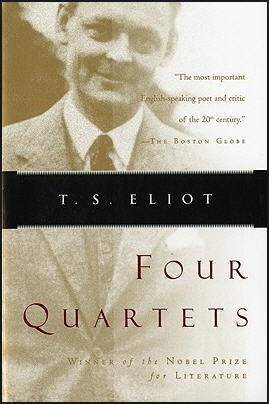This book is an attempt to construct an historical account of the life of Jesus of Nazareth. Throughout the book, Aslan emphasizes the distinction between Jesus of Nazareth, the historical Jesus who was a rebellious Jewish preacher during the time of Roman occupation, and Jesus Christ, who was essentially a construct of the founders of the Christian faith.
Early in the book, Aslan clarifies the purpose of Roman crucifixion. This was not a punishment for common criminals, but something reserved for those who rebelled against Roman authority. In fact, the thieves who were crucified alongside Jesus were labeled “lestai,” which was the Latin word for bandit.
“Bandit” was the generic term for any rebel or insurrectionist who rose up against Rome or its Jewish collaborators. To some, the word “bandit” was synonymous with “thief” or “Rabble-rouser.” But these were no common criminals. The bandits represented the first stirrings of what would become a nationalist resistance movement against the Roman occupation. This may have been a peasant revolt; the bandit gangs hailed from impoverished villages like Emmaus, Beth-horon, and Bethlehem. But it was something else, too. The bandits claimed to be agents of God’s retribution. They cloaked their leaders in the emblems of biblical kings and heroes and presented their actions as a prelude for the restoration of God’s kingdom on earth. The bandits tapped into the widespread apocalyptic expectation that had gripped the Jews of Palestine in the wake of the Roman invasion. One of the most fearsome of all the bandits, the charismatic bandit chief Hezekiah, openly declared himself to be the messiah, the promised one who would restore the Jews to glory.
(pp. 18 – 19)
Aslan asserts that the reason that much of what is written in the Bible is historically inaccurate is because people in that time did not differentiate myth from reality the way we do now. Myth expressed spiritual truths and therefore did not need to adhere to historical accuracy.
The readers of Luke’s gospel, like most people in the ancient world, did not make a sharp distinction between myth and reality; the two were intimately tied together in their spiritual experience. That is to say, they were less interested in what actually happened than in what it meant. It would have been perfectly normal—indeed, expected—for a writer in the ancient world to tell tales of gods and heroes whose fundamental facts would have been recognized as false but whose underlying message would be seen as true.
(p. 31)
From a historical perspective, what made Jesus so much of a threat to Rome and the Jewish priests at the time was his alignment with the zealot movement. This movement sought to overthrow the current socio-political system that ruled over Palestine during that period, thereby ushering in the Kingdom of God.
Jesus’s view of the sole sovereignty of God was not all that different from the view of the prophets, bandits, zealots, and messiahs who came before and after him, as evidenced by his answer to the question about paying tribute to Caesar. Actually, his view of God’s reign was not so different from that of his master, John the Baptist, from whom he picked up the phrase “Kingdom of God.” What made Jesus’s interpretation of the Kingdom of God different from John’s, however, was his agreement with the zealots that God’s reign required not just an internal transformation toward justice and righteousness, but a complete reversal of the present political, religious, and economic system.
(pp. 118 – 119)
Aslan spends a lot of time looking at why the writers of the Gospels attempted to present Rome as not responsible for the death of Jesus, laying the blame more on the Jews. Historically, Pilate was a harsh ruler who would never have argued for the life of a peasant Jew. He would have just given the execution order and moved on without a second thought. But the writers of the gospels needed to appeal to Rome in order for their religion to gain acceptance. So instead, they pinned the blame on the Jews.
Thus, a story concocted by Mark strictly for evangelical purposes to shift the blame for Jesus’s death away from Rome is stretched with the passage of time to the point of absurdity, becoming in the process the basis for two thousand years of Christian anti-Semitism.
It is, of course, not inconceivable that Jesus would have received a brief audience with the Roman governor, but, again, only if the magnitude of his crime warranted special attention. Jesus was no simple troublemaker, after all. His provocative entry into Jerusalem trailed by a multitude of devotees declaring him king, his act of public disturbance at the Temple, the size of the force that marched into Gethsemane to arrest him—all of these indicate that the authorities viewed Jesus of Nazareth as a serious threat to the stability and order of Judea. Such a “criminal” would very likely have been deemed worthy of Pilate’s attention. But any trial Jesus received would have been brief and perfunctory, its sole purpose to officially record the charges for which he was being executed.
(pp. 192 – 193)
I want to conclude by saying this is a very easy book to read. Although it is history, it reads like a story. It is not just a dry presentation of facts, which makes it an enjoyable read. If you’re at all interested in learning more about the history of that period, then pick up a copy of this book.







You must be logged in to post a comment.